The developers of EVE Online, CCP Games, have today released details for their upcoming “Catalyst” expansion, and it looks like a lot more changes are coming than anyone had anticipated.
The first changes are in mining. Ultimately resource extraction underpins everything else that happens in EVE, so it seems like a likely target for new content. But on the other hand, it’s also something that needs to be treated delicately. Unfortunately recent expansions targeting mining have had major knock-on effects to the games economy, with Equinox completely changing the moon materials ecosystem as well as the play style of mining altogether, and later patches taming the price of the nullsec and Pochven only mineral “Mercoxit”. Whether these changes were a positive for the game is matter that is, as always, up for debate. To see even more changes in mining so soon is quite surprising, but the changes do at least look to be innovative rather than minor stat adjustments.
Phased Fields will be be a new way to mine, and along with that comes a brand new resource “Prismaticite”. CCP explain that this will be extremely valuable, but that will be for EVE’s player-driven free market to decide. The concept appears to be that there’ll be a new deployable you have to anchor in order to mine from these phased fields, and CCP have released a video of a “hyperspace fracture” at one of these phased fields. This will seemingly be a time limited activity, with the similarities making it seems like a mining focused variant of the Concord Rogue Analysis or “CRAB” beacon.

The Prismaticite, as the “prismatic” part of its name suggests, will be refined into different minerals at random, but with the ability to control the outcome using reactions. The value and practical application of this ore is going to highly depend on the cost of reprocessing it this way, as well as that statistical likelihood of each mineral being produced. I’m especially interested to see this data, as it presents a brand new much more granular way for CCP to control the mineral supply of each material independently without the sweeping changes to ore spawning mechanics we saw in the Equinox expansion.

Beyond this new mining activity, we are also being given a new mining ship, the Pioneer. The first of its kind, the Pioneer is a mining destroyer intended to sit between the current options of frigate or barge sized mining ships. While the Pioneer will be available to alpha characters, there will also be a Tech 2 version and Consortium Issue variant of the ship, and that tech 2 version at least will likely be limited to Omega accounts.
Getting more into the nitty gritty parts of mining, some adjustments are being made to the more core elements of the activity. Mining cycles are now going to be much faster, but with the same overall yield. So you can imagine for example, a mining laser that was once pulling in 60 units of ore once every minute, could be pulling in 1 unit of ore every second. This will be of great relief to multi-boxers managing large hulk mining fleets, as compressing ore before your hold fills up is going to become a little more forgiving. Even single account players however will probably enjoy the more “responsive and dynamic” mining experience, as CCP describes it.
Mining crits are being added, which seems pretty straightforward. Much like a wrecking shot in ratting, this promises a bonus to the amount of ore mined purely relying on chance. What percentage chance we are looking at, we don’t know yet. But CCP have said that there will be skills and modules designed to improve the chances. I can’t say I’m particularly excited or interested by this change really. Mining is an activity that’s done over a long long period of time. Anyone who’s doing this as one of their primary activities in EVE is likely to be dedicated many hours to even just one site, so any chance based crits are really going to average out into an overall slight increase in yield, and by proxy adding yet another mining skill needed to maximise your mining income.
There’s a UI update for Survey Scanning, adding a completely new button to the interface that when clicked, will scan nearby rocks, overlaying an ISK per m3 number for each rock selected in space. This is… interesting. It’s still going to require the Survey Scanner module, but doesn’t appear to give the overall m3 of the scanned rocks, which is the primary use for this module really. Plenty of third party sites like Cerlestes can tell you which ore you should be mining to remain ISK efficient, but maybe this is just an oversight in CCP’s promotional video, or maybe even locked behind tier 2 survey scanner modules. Hopefully there will be more information and demonstrations from CCP over the coming weeks to clarify this.

Highsec mining is getting some visual love. I honestly love seeing CCP put effort into the highsec content. I may not have been a highsec player for a few years now, but it’s where almost everyone starts their journey in EVE, and it deserves some care and attention for those that choose to stay there too.
Mining mutaplasmids are finally adding a way to uh… abyssal fit your exhumer? What’s not to love about that. I already see mining pilots getting up to all kinds of hijinks with their expensive hulk fleets, so why not give them even more bleeding edge efficiencies to invest in honestly. Creating more risk reward like that rarely hurts the game, and I look forward to seeing some multiple billion ISK barges hitting zKillboard.
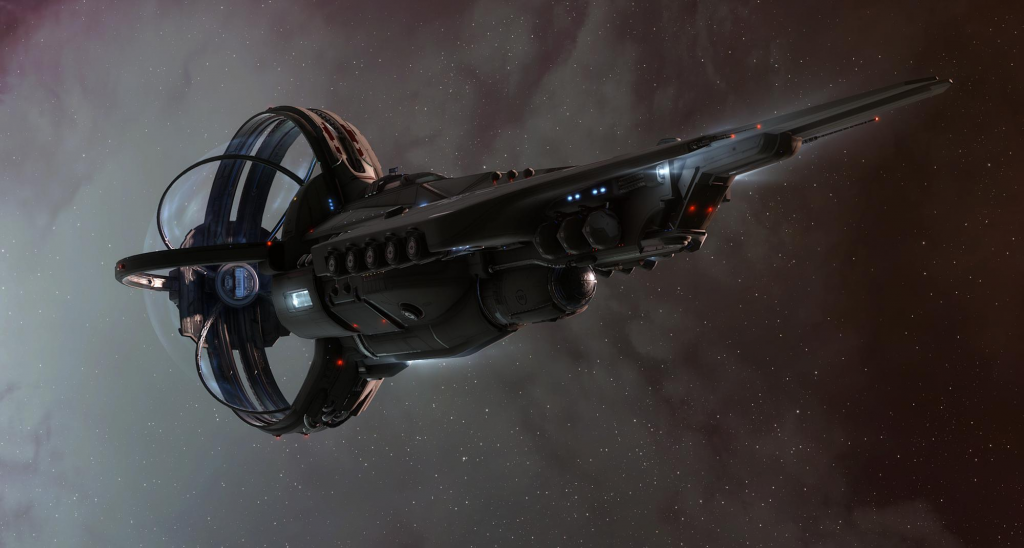
Not to be left out, explorers will be happy to hear that the Sisters of Eve ship line is receiving a command ship, the battlecruiser sized hull “Odysseus”. The Sister of Eve ships have a habit of being real beauties, and this one is no exception.

CCP kind of buried the lead with this one though, as a close look into the ships stats unveil something a little deeper. The ship is going to have a larger cargo hold for more loot, bonuses to gas cloud harvesting, and the introduction of a new “Expedition Command Burst”. What effects this command burst will have is unknown, but perhaps a combination of gas cloud harvesting and hacking efficiencies would make sense, given the Odysseus’ dual role design. Unlike any of the existing Sisters of EVE ships, the Odysseus will also be able to sport a Zero-Point Mass Entangler, previously reserved for Heavy Interdictors, allowing them to pass through wormholes with a considerably lower mass limit than the ships unmodified mass, and reducing the rolling effects of the ship passing through a wormhole.
If you’re more of a K-space explorer, for some reason, CCP are introducing the 2D map that they first teased some months ago. While improvements to the map are long overdue, most pilots have long since replaced any sort of reliance on the in-game map with third party tools like Dotlan and RIFT, so it remains to be seen how much utility the new 2D map will have.
The Sisters of EVE Epic arc has held a top spot for many years now on PvE content recommended to newbros. Providing a good opportunity to travel around New Eden, and easily accomplished in early-game ships with few skill requirements, it’s been an understandable common answer to “What should I do next?” in rookie chat. With the Catalyst expansion we’re going to see a brand new arc, designed to introduce the expansions new content, specifically mining. This is a change of fundamental expansion release design for CCP, and I’m excited to see how it plays out. Many MMOs introduce new questlines and narrative experiences designed to tutorialise new expansion mechanics, but EVE as always doesn’t usual dare to hold your hand like this even a little, favouring trial and error with community conversation to get to the bottom of new metas and activities.
PLEX transaction logs being added is great, honestly surprising that it’s a new thing, but better late than never.
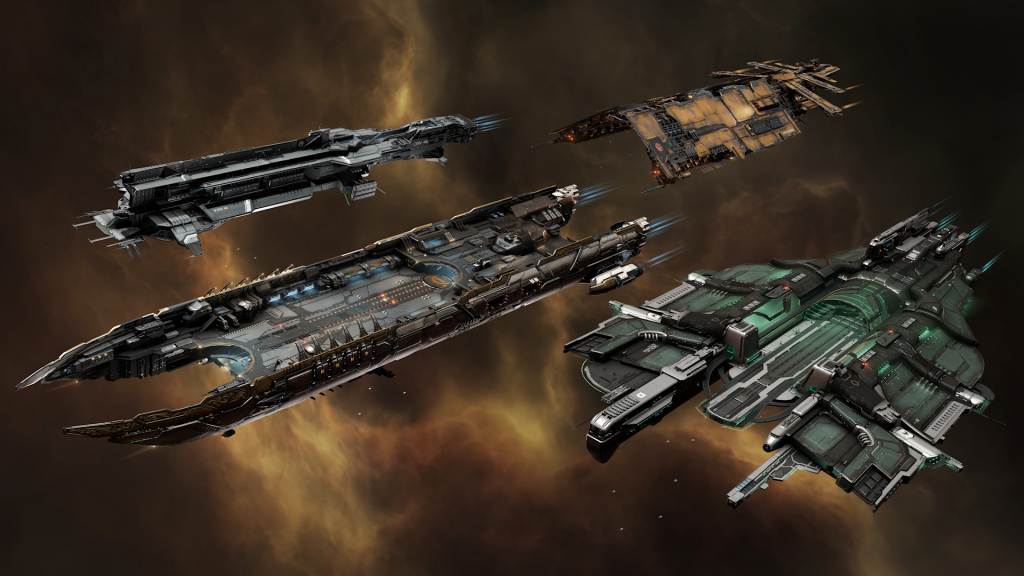
For the final major rework of the patch, another adjustment to carriers, which already saw a major change in functionality last year when carrier conduiting was introduced. This was in my opinion, a great change to foster the growth of smaller corporations and alliances who may not be able to rely on constant titan bridge coverage. CCP are playing their cards close to their chest on this one however, as the changes have been described only as “a buff to utility, a visual refresh, and a reduction in manufacturing cost”. They also say these aren’t going to be drastic, which is a shame honestly. Carriers as PvE or PvP ships sit in a tough place right now, struggling to achieve a good ISK to output ratio in comparison to marauders or dreadnoughts, so a massive decrease in their manufacturing cost would be welcome to bring about a more relevant position in the game’s meta.


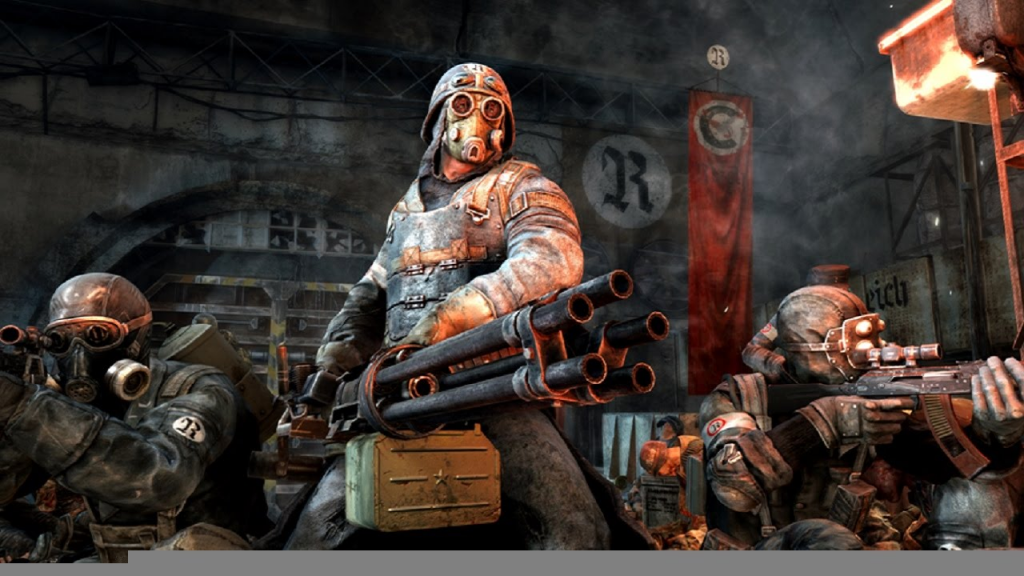



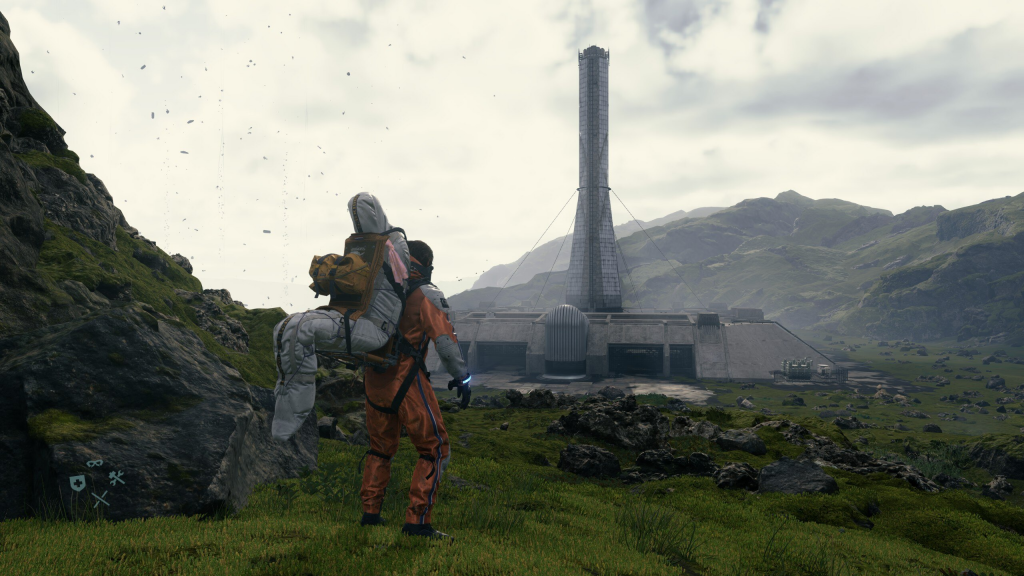
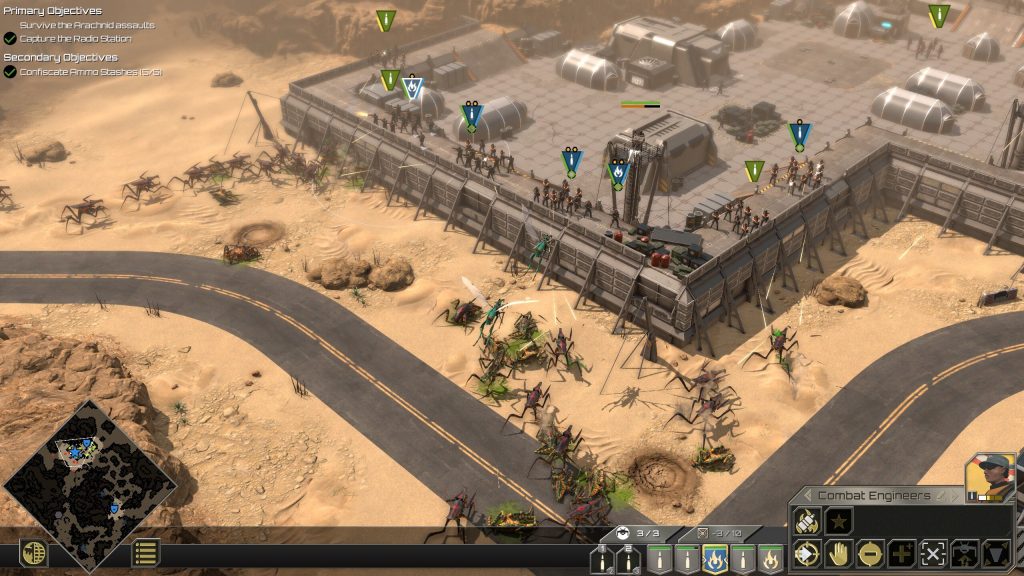
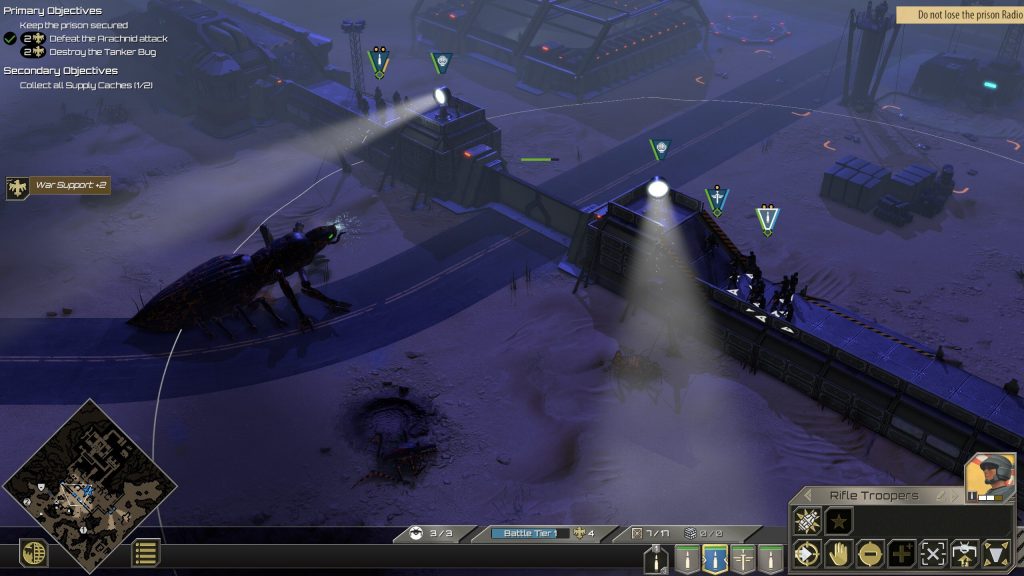
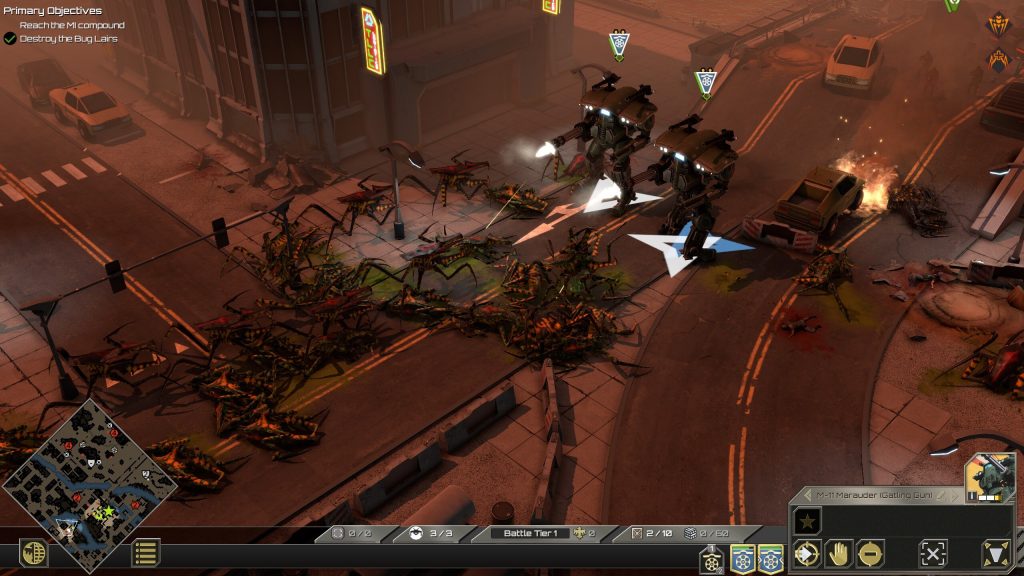
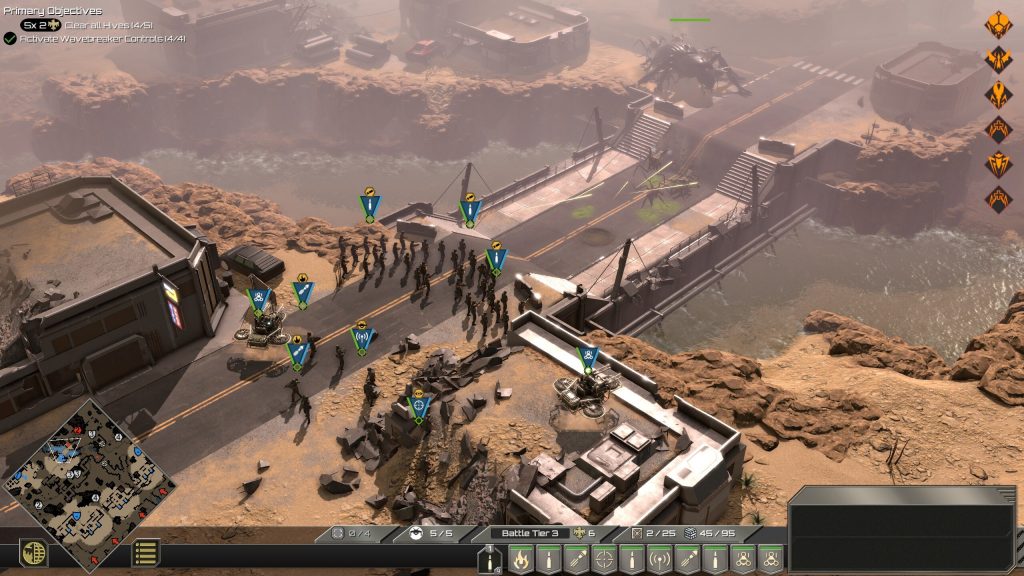
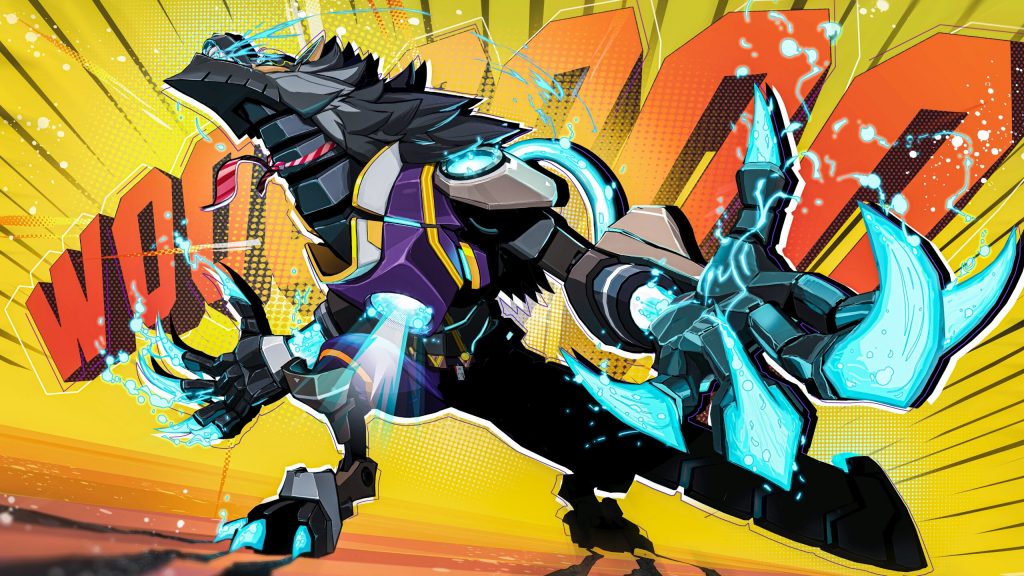
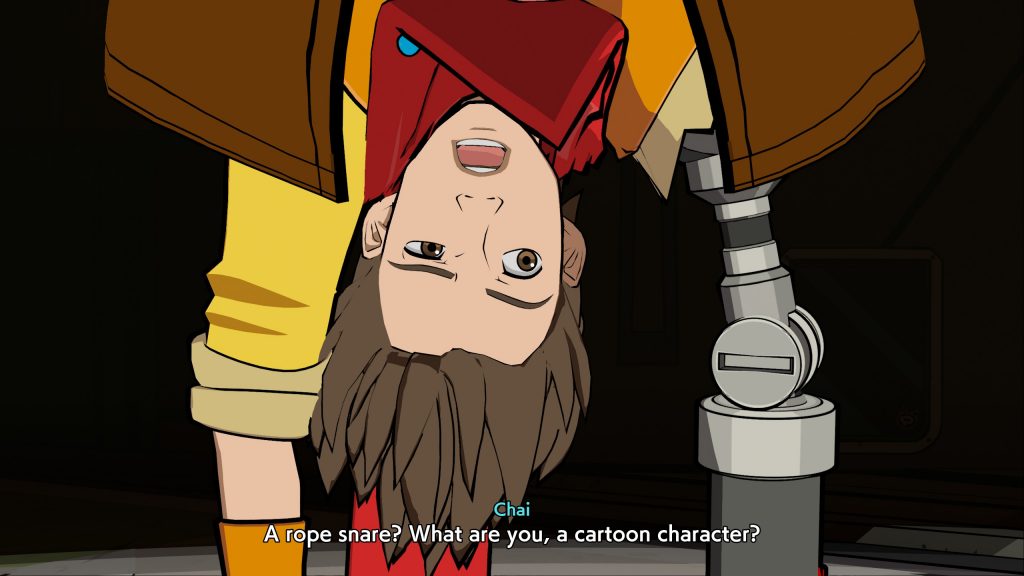

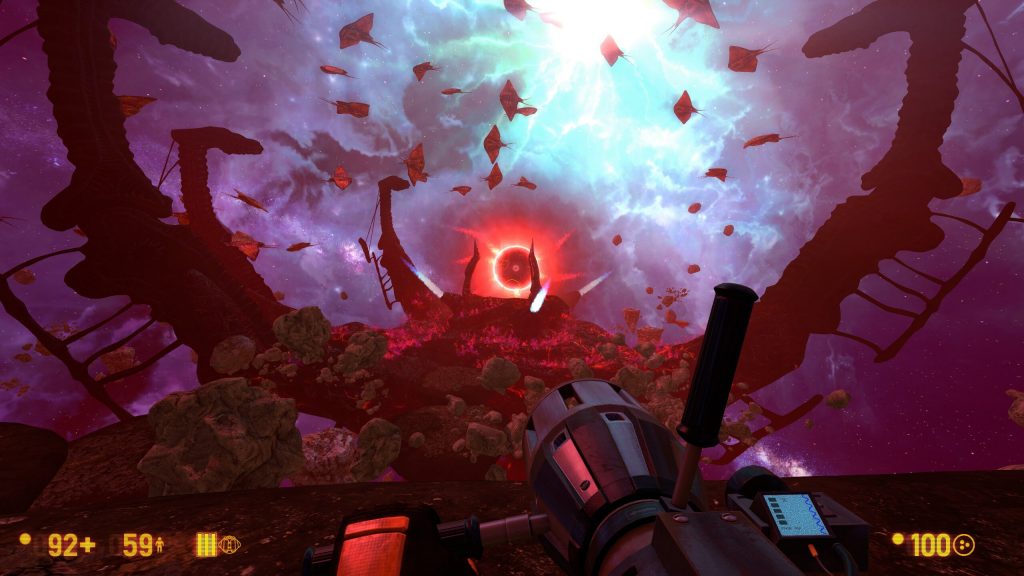




Leave a Reply